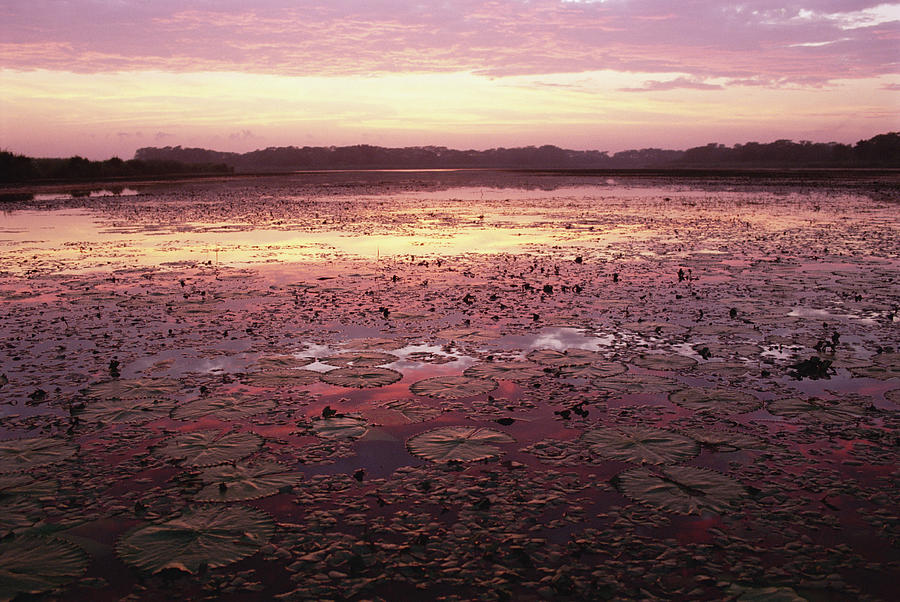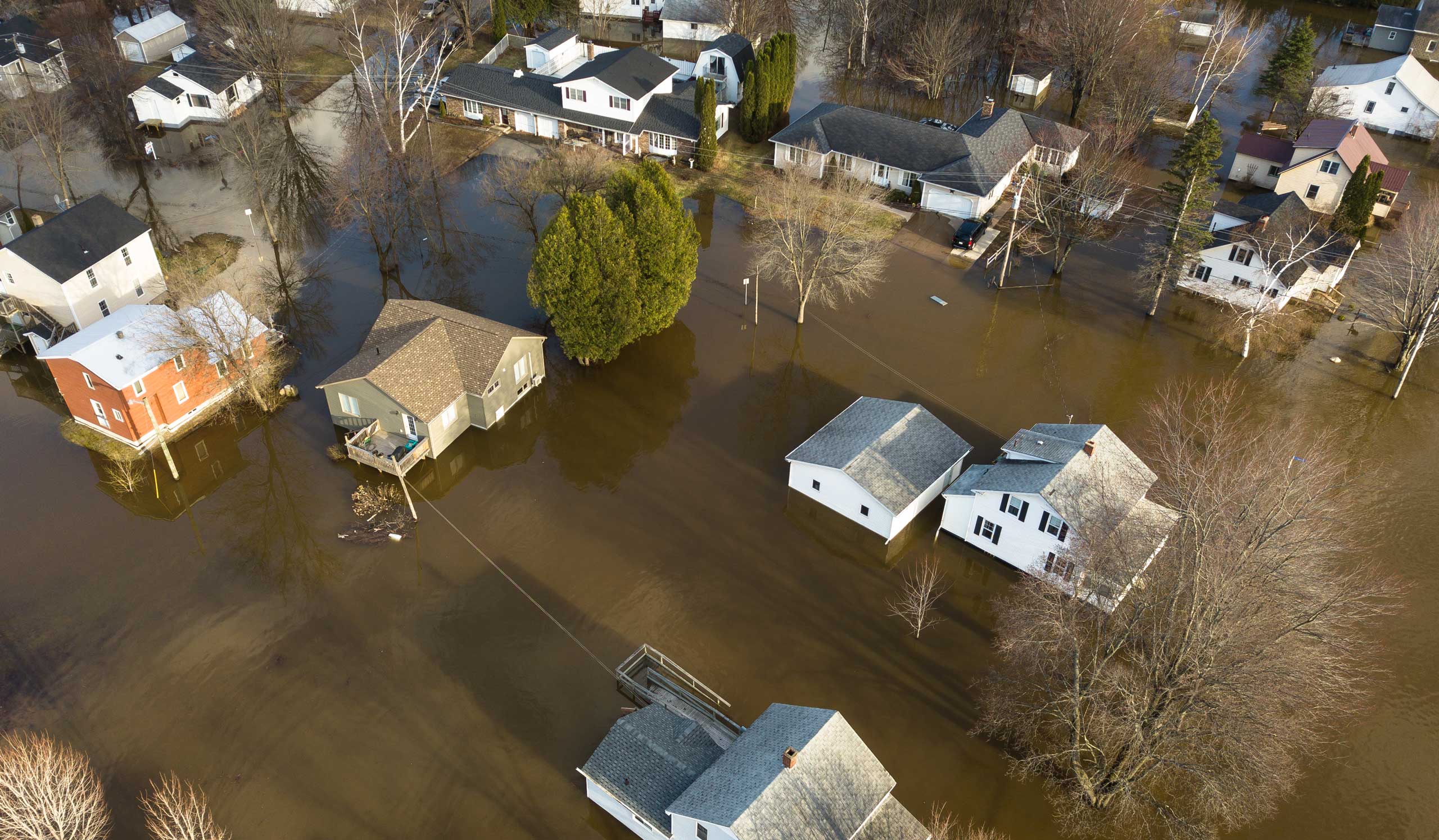
Like Flood Zone A, it also has a one percent risk of flooding annually with a 26 percent risk of flooding over the course of a 30-year mortgage. you may be eligible for provincial assistance.Flood Zone AE is one of the many Special Flood Hazard Areas (SFHA) defined by the Federal Emergency Management Agency (FEMA).you may need special permits to rebuild or restore your property.Report any broken utility lines to the appropriate authorities.Contact your local municipality about debris management programs.Don’t eat food that’s come in contact with flood waters.Follow instructions from your local public health unit when it comes to water in and around your home, which could be heavily contaminated.Don’t use flooded appliances, electrical outlets, switch boxes or fuse breaker panels until they have been checked by your local authority.avoid using the plumbing system if the septic tank or the disposal field is under waterīefore returning home, check with your local municipality for any information from local public health units, utilities and other community officials who are working to keep you and your family safe.keep children and pets away from floodwater.if you must walk, look for still water and use a stick to check the ground in front of you.don’t drive through, stand or walk in any moving water.avoid travelling on roads that are near any bodies of water.If an evacuation is not in place, consider these safety precautions: If you are instructed by emergency officials to evacuate, do so immediately. flood forecasting and warning information.regularly maintain water drainage systems, such as weeping tile, culverts and ditches.secure outdoor furniture and items around piers, docks or boathouses.remove debris that could present danger during flood events.extend downspouts at least 2 metres from your home to move water away from the building.
FLOOD PLAIN INSTALL
FLOOD PLAIN WINDOWS
put weather protection sealant around basement windows and ground-level doors.test sump pumps regularly and install a back-up system (for example, battery back-up or generator).move documents and keepsakes out of the basement.store any personal belongings in sealed bins.account for all of your family members, keeping children and pets away from floodwatersīe prepared for an emergency by creating a 72-hour emergency preparedness plan and kit for you and your family.if you must walk, look for where the water is not moving and use a stick to check the ground in front of you.don’t drive through, stand or walk in any moving water - you may fall.avoid travelling on roads that are near water, bridges, ravines, embankments, low laying areas and any bodies of water.follow your emergency plan and move to a safe place on higher ground.and your electricity is on, leave the area immediately.

if your property is impacted by flooding:.ensure your cellphone is charged (safely) - it may be your only means of communication during an evacuation.don’t eat food that’s come in contact with flood waters.disconnect electrical appliances - don’t touch electrical equipment if wet or standing in water.ensure necessary personal items (medications, and important documents) are secured and easily accessible in case of evacuation.Learn more about how we track flooding and if your area is affected.

Flood forecasting and warning programįlooding in Ontario is caused by extreme rain, rapid snowmelt, lake/storm surge or ice jams. Flash flooding can occur in rain storms or when a storm drain is plugged - often with little or no warning.

They can happen at any time of year and in urban and rural areas. Floods are typically caused by melting snow, ice jams, high lake levels, and heavy rains and thunderstorms. Declaration of emergency due to spring floodingĪs a result of flooding or risk of flooding, the following communities have declared emergencies: Communityįloods are the costliest natural hazard in terms of property damage in Ontario.


 0 kommentar(er)
0 kommentar(er)
